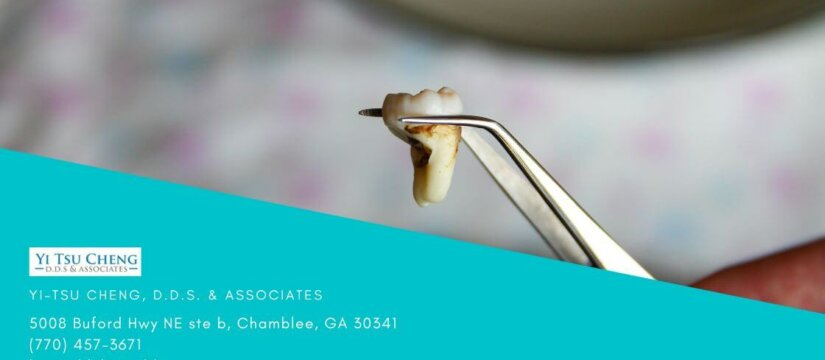
Tooth Extraction Infected Socket: Causes, Symptoms, and Treatment
Tooth extraction is a common dental procedure that involves the removal of a tooth. Although it is a routine procedure, complications can arise, and one of them is an infected socket. An infected socket occurs when bacteria enter the open wound left by the extracted tooth, leading to inflammation, pain, and other uncomfortable symptoms. In this article, we will discuss the causes, symptoms, and treatments of a tooth extraction infected socket.
Causes
The most common cause of an infected socket after a tooth extraction is poor oral hygiene. If you do not maintain good oral hygiene practices, such as brushing and flossing regularly, bacteria can build up in your mouth and cause an infection. Other causes of an infected socket include:
- A compromised immune system
- Smoking or tobacco use
- Medical conditions that affect healing, such as diabetes or osteoporosis
- Extraction of a wisdom tooth, which may lead to a higher risk of infection
Symptoms
If you have an infected socket after a tooth extraction, you may experience the following symptoms:
Pain and Discomfort
The most common symptom of an infected socket is pain and discomfort. You may experience a throbbing or constant pain that may radiate to your ear or jawbone. The pain may be severe and may get worse when you lie down.
Swelling and Redness
Another symptom of an infected socket is swelling and redness in the affected area. The gum tissue around the socket may be swollen and tender to the touch.
Fever and Headache
An infected socket can cause a fever and headache. The fever may be low-grade or high, depending on the severity of the infection. You may also experience chills and sweats.
Other symptoms of an infected socket include:
- Bad breath
- Bitter taste in your mouth
- Difficulty opening your mouth
- Difficulty swallowing
- Nausea and vomiting
Treatment
If you think you have an infected socket after a tooth extraction, you should contact your dentist right away. Early treatment can prevent the infection from spreading and causing further complications. Your dentist may recommend the following treatments:
Antibiotics
Your dentist may prescribe antibiotics to help eliminate the infection. You should take the full course of antibiotics, even if you start feeling better after a few days.
Pain Management
Your dentist may recommend over-the-counter pain relief medication, such as ibuprofen or acetaminophen, to manage pain and discomfort. Avoid aspirin, as it can increase your risk of bleeding.
Surgical Intervention
If the infection is severe or does not respond to antibiotics, your dentist may perform a surgical procedure to clean the socket and remove any infected tissue.
Home Remedies
You can also try some home remedies to help manage the symptoms of an infected socket. These include:
- Warm saltwater rinses: Mix a teaspoon of salt in a cup of warm water and rinse your mouth with it for several times a day.
- Cold compress: Apply a cold compress to your cheek to reduce swelling and pain.
- Clove oil: Apply a drop of clove oil to a cotton ball and place it on the affected area. Clove oil has antibacterial and analgesic properties.
FAQs
Can an infected socket heal on its own?
In some cases, an infected socket may heal on its own, but it is not recommended to leave it untreated. An untreated infection can spread to other parts of your body and cause serious complications.
How long does it take for an infected socket to heal?
The healing time for an infected socket depends on the severity of the infection. With proper treatment and care, it may take a few weeks for the socket to heal completely.
What can I eat after a tooth extraction infected socket?
You should eat soft, bland foods that are easy to chew and swallow, such as soup, mashed potatoes, and yogurt. Avoid hard, crunchy, and spicy foods that can irritate the wound.
Conclusion
An infected socket after a tooth extraction can be painful and uncomfortable, but with prompt treatment, it can be resolved quickly. Contact your dentist if you experience any symptoms of an infected socket, and follow your treatment plan carefully to ensure a full and speedy recovery. Maintaining good oral hygiene practices can help prevent an infected socket and other dental complications in the future.
DISCLAIMER: The advice offered is intended to be informational only and generic. It does not offer a definitive diagnosis or specific treatment recommendations for your situation. Any advice provided is no substitute for proper evaluation and care by a qualified dentist.
